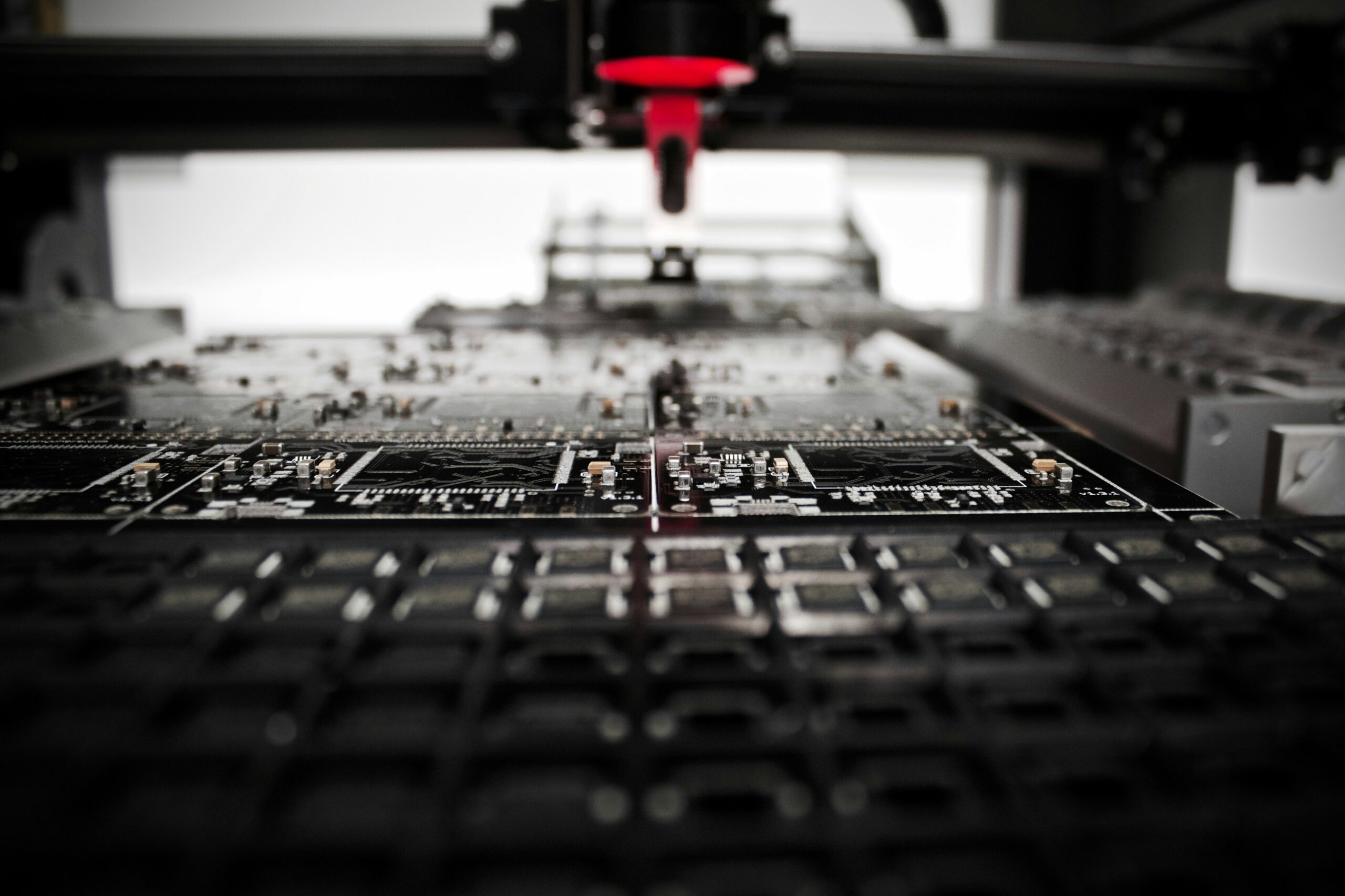Invented by a UK-based Austrian inventor, polychlorinated biphenyls (PCBs) were hailed for their durability and versatility in industrial applications. Since they were first introduced in the early 1900s, these chemicals quickly gained global acclaim for their electrical insulating properties.
However, following several decades of extensive use, PCBs were recognized as a persistent threat to human health and the environment. This led to their steady phasing-out movement, followed by a complete ban.
The Stockholm Convention of 1979 declared a worldwide ban on any new production or usage of PCBs. It also highlighted the provision of removing any PCB-containing equipment from use by 2025.
Today, decades after the PCB ban has been in effect, could the threat of these dangerous chemicals still be looming in the shadows? If you trust the studies, you might be baffled to find out what’s the truth. Let’s begin uncovering it, shall we?
All About The Threat PCBs Pose
To begin at the beginning, we’ll start by understanding what PCBs are and the threat they pose to both mankind and our planet. These chemicals are members of the chlorinated hydrocarbon family – a family of man-made organic chemicals.
Detecting PCBs around you is next to impossible because they possess no smell or taste. They even come in diverse forms – from thin, light-colored liquids, to oily consistency, to a solid waxy substance. The most common usage of these chemicals was observed in heat transfer and hydraulic equipment, followed by plasticizers, carbonless copy papers, and more.
In the US, the commercial manufacture of PCBs took place between 1929 and 1979, after which they were banned.
PCBs spell trouble for human health, earning a grim classification as probable human carcinogens due to their potential to trigger cancer. Prolonged exposure to these persistent organic pollutants can wreak havoc on our bodies, leading to a host of troubling issues:
The Effect of PCBs On Your Reproductive Health
Firstly, PCBs have been linked to reproductive woes by throwing hormones out of whack. It potentially affects fertility and stalling the development of children exposed to them. Secondly, these sneaky chemicals weaken our immune systems, leaving us more susceptible to a whole range of infections.
Moreover, prenatal exposure to PCBs has been fingered in cases of learning disabilities and behavioral issues in children. This suggests a troubling legacy that starts even before birth. Clearly, these substances pack a punch far beyond their industrial roots, posing serious health risks that demand our attention and action.
The Biomagnification of PCBs in The Environment
PCBs don’t just vanish after they’re used—they linger, sneaking into the fatty tissues of animals and building up as they travel up the food chain. This process, known as biomagnification, transforms these chemicals from mere pollutants into environmental time bombs.
Imagine a predator like a majestic eagle or a sleek dolphin. They hunt at the top of their food chain, unaware that each meal could carry a toxic payload of PCBs. These chemicals accumulate in their bodies, magnifying potency with each link in the chain. PCBs don’t discriminate—they infiltrate ecosystems, threatening the delicate balance that sustains diverse wildlife.
Before the PCBs were banned in 1979, these omnipresent contaminants had already wreaked havoc. The U.S. alone witnessed the usage of nearly 1.5 billion pounds of PCBs between the 1920s and 1970s.
Could You Be Exposed to PCBs? Symptoms and Sources of Exposure
If learning about all the ill effects of hazardous PCBs has made you skeptical, we understand it completely. After all, it’s natural to feel threatened by the presence of such a harmful yet undetectable chemical around you. TorHoerman Law notes that people exposed to PCBs may be more likely to suffer adverse health effects.
To put your mind at ease, let’s discuss the major PCB exposure symptoms so that you can rule them out for yourself and your loved ones. PCB chemicals can sneak into your system through the contaminated air around you. This causes persistent coughs or breathing difficulties, hinting at unseen dangers in the air you breathe.
Now, picture experiencing bouts of nausea, stomach pain, or unexpected digestive woes—an unsettling reminder of possible PCB contamination in your food or water supply. Even more alarming are symptoms like headaches, dizziness, or unexplained confusion. Wondering why? Because they hint at potential neurological impacts from these persistent pollutants.
For women, irregular menstrual cycles or fertility challenges might signal hormonal disruptions linked to PCB exposure. And if your immune system seems sluggish, leaving you vulnerable to frequent infections, it could be a cry for help against PCB-induced immune suppression.
Now that we’ve covered the symptoms of PCB exposure, let’s explore its sources. Because of their persistent nature, these chemicals can be carried long distances – cycling between air, soil, and water.
The US EPA states that poorly maintained hazardous waste sites are the leading sources of PCB exposure. Other, secondary sources include leaks from PCB-containing transformers, the illegal dumping, and burning of these wastes, and the disposal of PCB-containing wastes in regular landfills.
The Lurking Threat of PCBs Beyond The Ban
Since the production and usage of PCBs was banned back in 1979, it leads most to believe that by now we must’ve surpassed the threat of these persistent chemicals. However, evidence that has come to light recently suggests otherwise.
An article published by The Guardian in March 2024 revealed that 40 years after their ban, PCB chemicals are still being produced. Does this mean that the agreements made at the Stockholm Convention are being violated? Well, not exactly.
These chemicals aren’t directly used, but their small proportions are released in some chemical reactions. Dr. Dave Megson, a forensic scientist from the Manchester Metropolitan University, finds this revelation to be “staggering”.
What’s even more surprising is that these small levels of PCBs produced post-ban add up to a massive number – roughly 45,000 tonnes. And this calculation has been done in the US alone; we have no clue of what’s happening in the other countries at the moment.
When compared to the yearly production before the 1979 ban – 35,000 tonnes – the current production rate is certainly much more dangerous. Add to that the threat of these chemicals going undetected for the most part, and we have no way of knowing where it might end.
Frequently Asked Questions (FAQs)
Are PCBs a global threat?
Yes, the threat of PCBs is a global issue. Initial research conducted in the 1960s revealed the presence of these chemicals in people and animals worldwide – even in areas as remote as the Arctic. It was this widespread contamination that led to the Stockholm Convention in the first place.
Can PCB exposure cause fatty liver disease?
Yes, exposure to PCBs has been linked to the development of fatty liver disease. By disrupting our lipid metabolism, these chemicals promote the accumulation in our liver. This leads to non-alcoholic fatty liver disease, potentially progressing to fibrosis and inflammation over time.
Is there a way to remove PCB chemicals from drinking water?
While PCB can’t be completely removed from drinking water, there are ways of reducing it. The purifying process of granular activated carbon filtration is one such process. It can reduce the concentration of PCB below 500 ppt, but it’s best to get assistance from a professional engineer in the process.
To summarize, despite their decades-long ban, PCBs continue to cast a long shadow over our environment and health. Their ability to persist, bioaccumulate, and spread across ecosystems makes them a silent but significant threat. Vigilant monitoring, rigorous regulation, and informed public awareness are our best defenses against the lingering menace of PCBs.
Stay tuned for the latest news and updates on ventstribune.com

